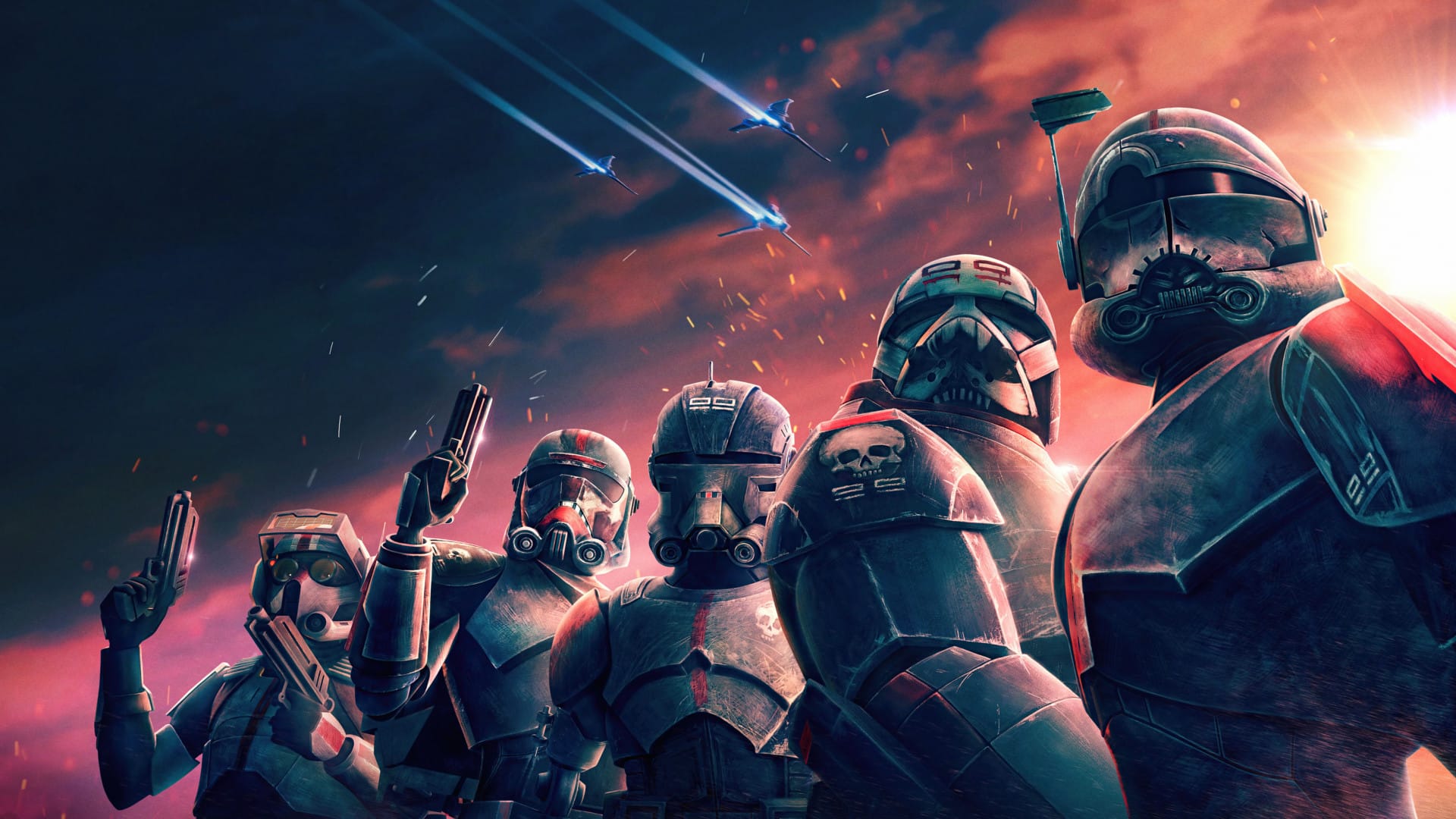Table of Contents Show
The Bad Batch‘s first eight episodes show impressive potential, but not without certain narrative faults. After appearing in The Clone Wars’ final season, Clone Force 99, or as they’re more commonly known, The Bad Batch, heads to their own new spinoff with Dave Filoni (The Clone Wars) returning as showrunner and Dee Bradley Baker returning as each member of the squad. Notable newcomers to the Star Wars universe include Michelle Ang debuting as Omega, Rhea Pearlman debuting as Cid, and Ming Na-Wen returning as Fennec Shand, reprising her character from The Mandalorian season two. Through the series’ cast of characters, The Bad Batch proves to have potential but there are some needed adjustments to the narrative’s tone.
The Bad Batch Navigates A New Galaxy
In the eponymous Bad Batch’s last appearance, they had just taken on Echo as a fifth member after saving the clone turned cyborg from the villainous Admiral Pyke in season seven of The Clone Wars. The Bad Batch portrays the squad navigating a post-Order-66 galaxy where the line between friend and foe is often blurred. For the uninitiated, Clone Force 99 is a group of genetically enhanced clones consisting of Hunter, the leader of the group with enhanced senses, Wrecker, the enlarged strongman of the group, Crosshair, a master marksman, Tech, a computer and technical specialist, and the aforementioned Echo. When the show starts, the squad is fractured. Crosshair betrays the group after Order-66 hits and joins the newly-founded Galactic Empire.
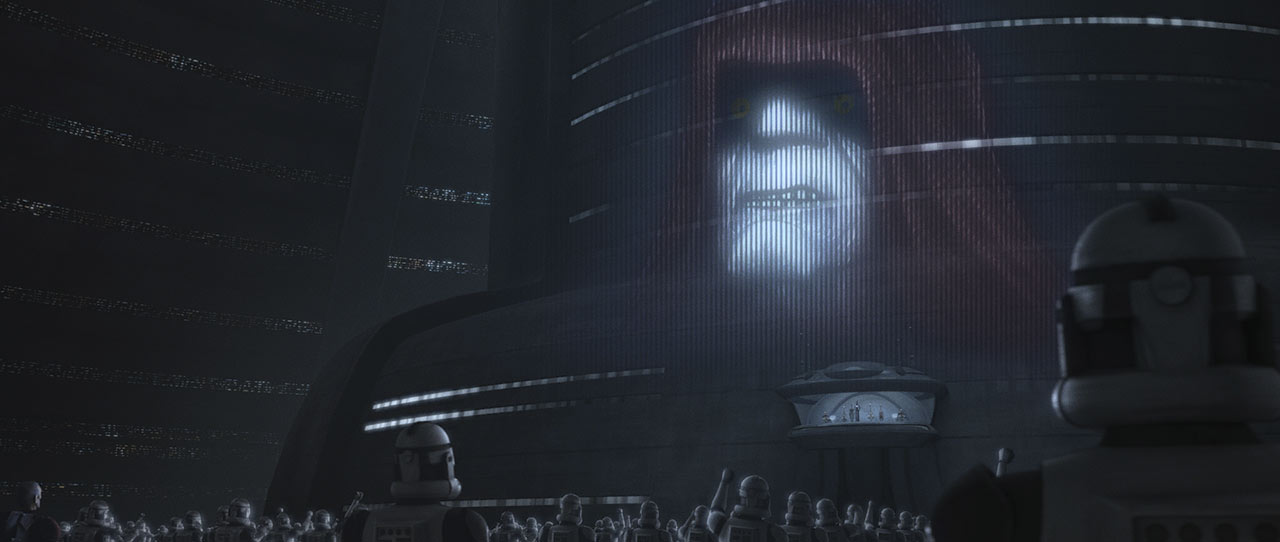
The rest of the squad is mostly unaffected by the Order due to their genetic resistance to the inhibitor chips placed inside of them. So, with the help of the newly introduced young female clone Omega, the Bad Batch escapes the new fascist regime and goes on the run, taking odd jobs and meeting some friends – new and old – along the way.
Too Many Tone Switches
The Bad Batch‘s narrative consists of familiar Star Wars story beats such as breakouts, rescue missions, scavenging, and bounty hunting. Lead writer Jennifer Corbett is able to make the stories compelling while still maintaining the general feel of what viewers expect from other Star Wars offerings. What’s most confusing is the first half’s tendency to switch from gritty to saccharine. Overall, The Bad Batch‘s largest adjustment has to do with the show’s tone. In one episode, “Replacements,” we see Crosshair gunning down civilian refugees.
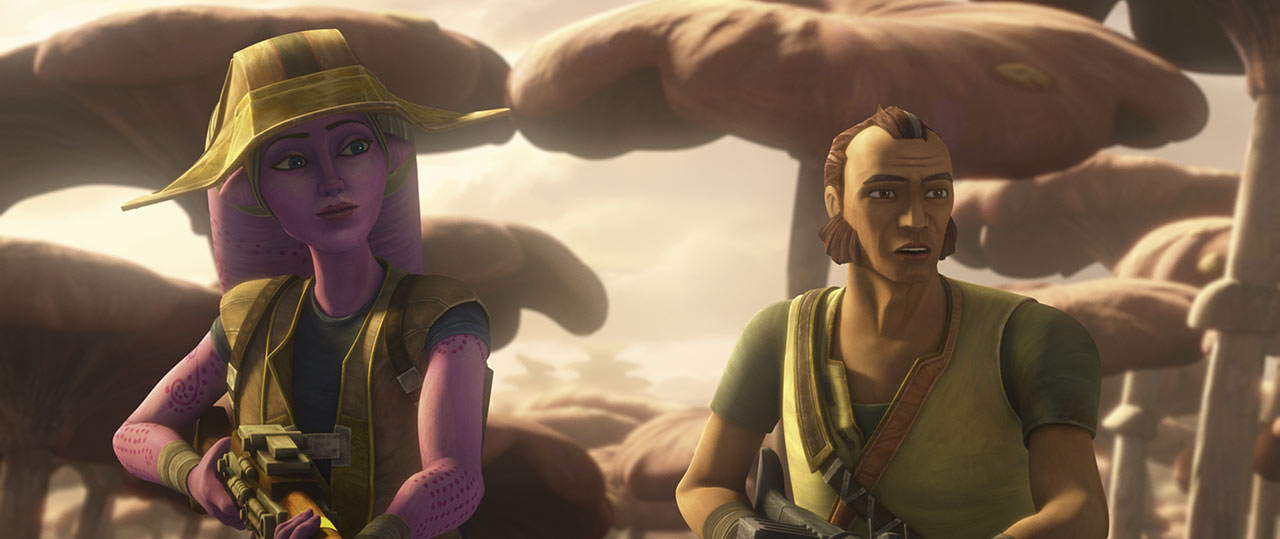
Two episodes later in “Rampage,” the Batch rescues a baby rancor named ‘Muchi.’ The tone switches quickly and frequently, sometimes leaving viewers with a sense of whiplash. Sometimes it has a dark tenor with very intense themes; sometimes it is light and airy. The tone shifts give a sense of whiplash, and they change the stakes of the overall story arcs. Things might seem more childish, which might make viewers reluctant to return. Notable low spots are episodes two (Cut and Run) and five (Rampage). While the narrative hooks are strong, the flow is interrupted by episodes with little to no plot development. (( “Cut and Run.” The Bad Batch, season 1, episode 2, Lucasfilm Animation, May 7, 2021, Disney+. “Rampage.” The Bad Batch, season 1, episode 5, Lucasfilm Animation, May 28, 2021, Disney+. )) In order to develop a more consistent tone, the fluff of the show needs to be left out. Whenever there is momentum within the story, it should be maintained rather than broken by a lighter adventure. While the writers seem to be finding a general consistency, The Bad Batch may struggle to maintain viewership because of the reasons mentioned above.
The Bad Batch & Co Take The Spotlight
Character interactions always feel natural. The show’s realized potential sits within their attention to intercharacter relationships. Characters grow, their outlooks change, and there is a distinct consistency within their decisions that shows an attention to detail. Omega’s interactions with the gruff members of the Bad Batch are always intriguing. Her curiosity is reminiscent of a child on a field trip, but her questioning is never overwhelming or overbearing. When put up against the coldness of the clones, Omega is a breath of fresh air to the hyper-masculine guns-blazing world that these characters so often inhabit. Her empathy is her main strength, but she never gums up the plot with her inexperience. The writers have handled her introduction masterfully.
The titular Bad Batch themselves are fleshed out, breaking free of their stereotypical action hero molds into individual characters with personalities. Specifically, Wrecker has shown immense growth, going from a bag of bricks to a sensitive and caring companion for the young Omega. While some of the members of the Batch struggle to find the spotlight, the balance of their personalities is struck when they are all together. What’s also interesting is the group’s paternal attitude towards the girl. Hunter has taken on a fatherly role, becoming Omega’s main protector. While there is a comparison to Pedro Pascal’s Din Djarin to be made here, the relationship is different enough to stand on its own. Each character compliments the other.
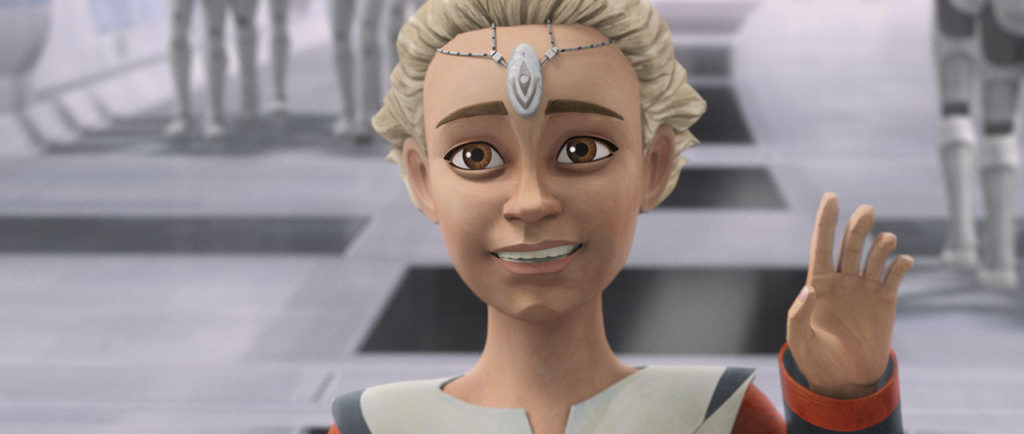
Crosshair takes center stage as the antagonist of the series. He may not be the top dog of the Empire, but the tension between him and his former squadmates is palpable through every interaction. While the Batch is remorseful whenever they fight him, he does not pause with his pursuit and pulls no punches when the time comes for combat. This dynamic has been built carefully throughout the first eight episodes, promises a satisfying character-driven conclusion later on. Unfortunately, the other villains so far aren’t nearly as engaging.
Admiral Wilhuff Tarkin (Stephen Stanton) appears in the beginning few episodes, joined by a new Imperial crony Admiral Rampart (Noshir Dalal). However, the duo mostly exists in a self-contained story arc concerning replacing the existing clone army with conscripted soldiers, most likely hinting at the creation of Stormtroopers. Currently, the show has not given them room to grow, so they’re pretty one-dimensional. If they were to be further developed, The Bad Batch would have a uniquely balanced scale between protagonist and antagonist characterization.
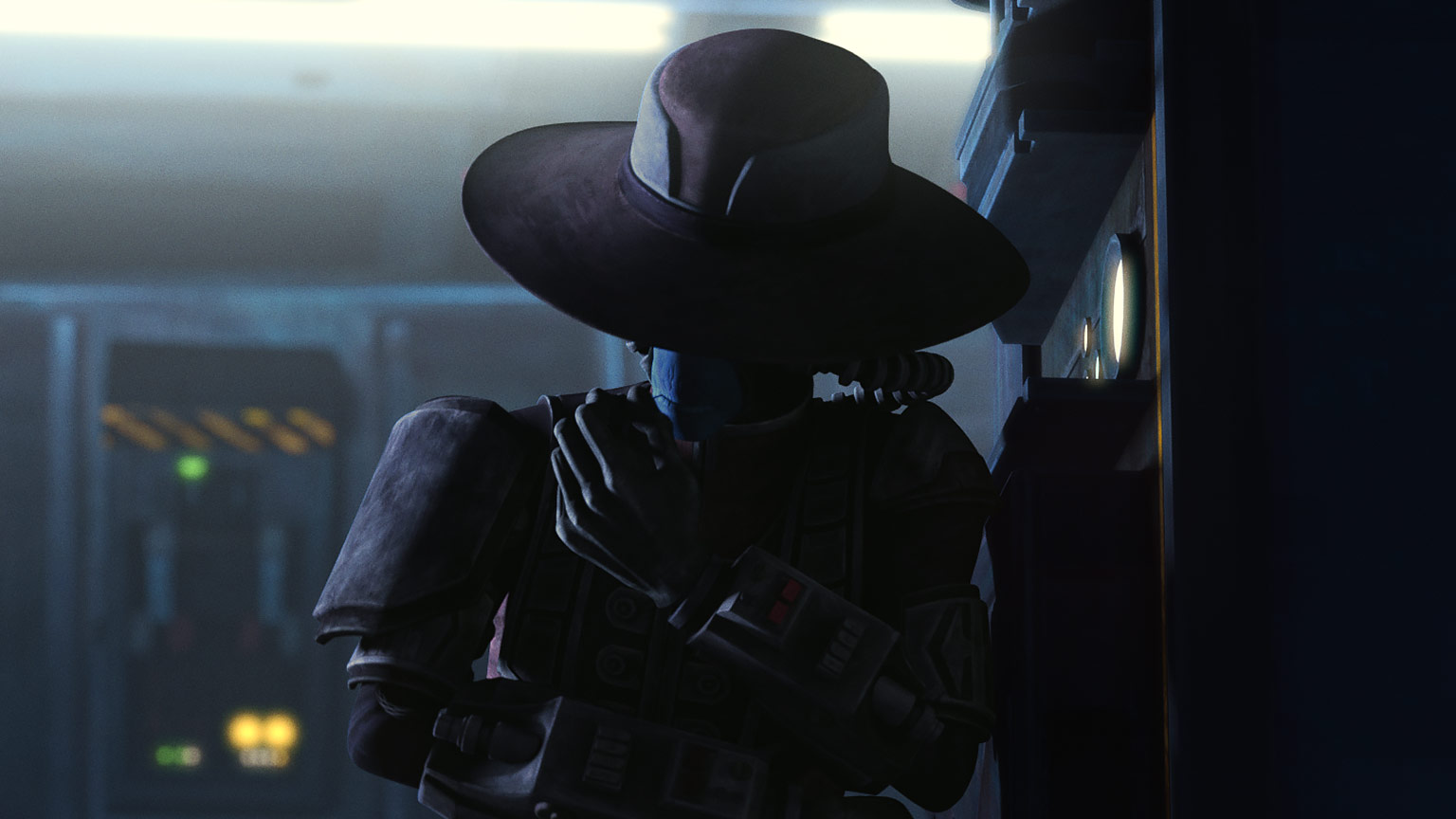
The inclusion of bounty hunters throws some shades of gray into the mix. Fennec Shand shines in her single episode appearance. Ming-Na Wen turns in a performance that drives home both the character’s dry wit and bitterness. Shand promises to factor in a larger role later on, as her brush with the Bad Batch leaves her with unfinished business. In a surprising and unexpected twist at the end of episode eight, Duros bounty hunter Cad Bane (Corey Burton) returns. While his appearance is brief, it holds huge implications for the Batch, and he should return shortly. The character is a fan favorite, but the jury is out in terms of characterization in this instance. Unfortunately, there isn’t enough to go off of yet.
One Last Batch Of Thoughts
Art direction and animation are other bright spots. The show’s look is familiar, but with slight improvements to the animation technology, The Bad Batch is stunning to watch. Planetary landscapes feel fully realized, the characters emote and move with unique flair, everything is thought out wonderfully by Lucasfilm Animation. Special props go to the combat sequences. Looking at the first season of The Clone Wars, one can get a real sense of how far this style has come. Character design in the show takes a front seat, especially with the hyper-stylized costumes of the Batch themselves. Each member has a distinct costume that fits their personality well. While some are a bit cliché, they still serve their purpose.
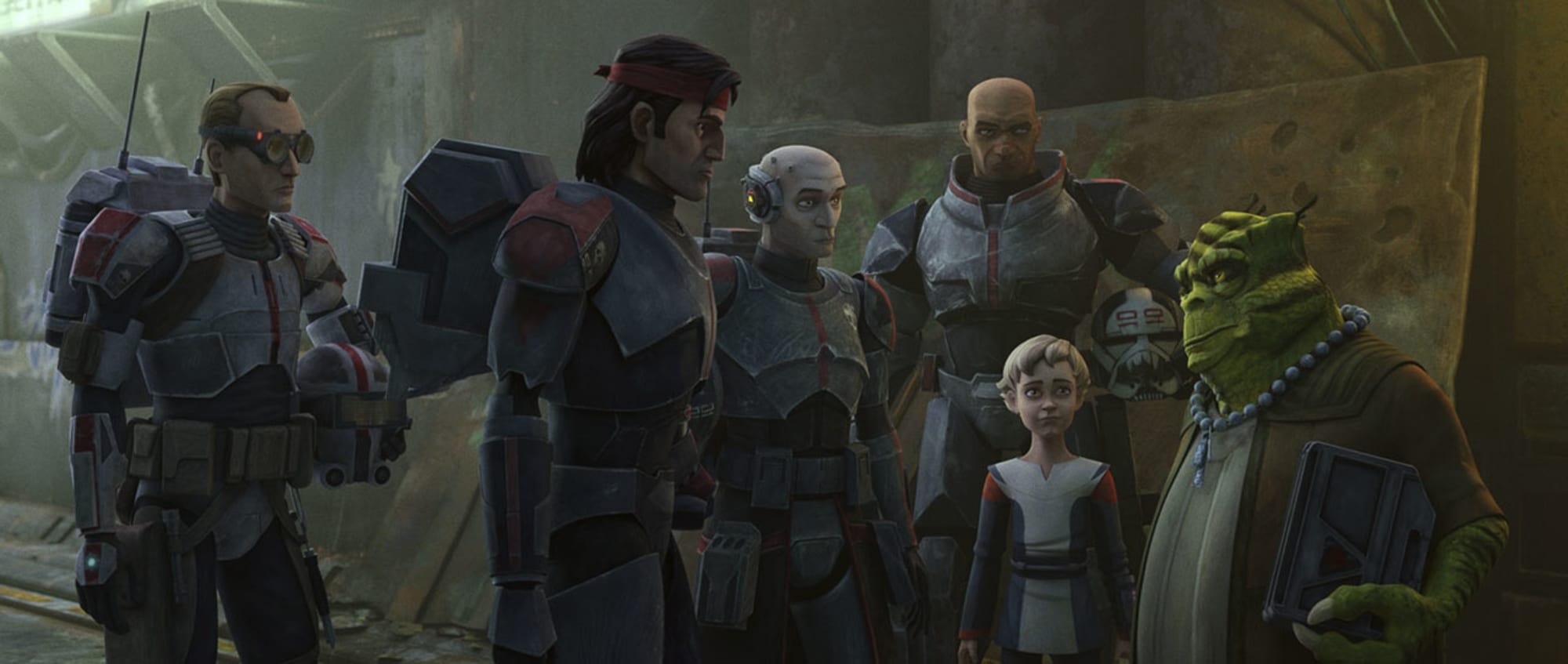
In the forthcoming eight episodes that will close out the season, one can only expect improvements. The tone consistency is finding its footing, as is the storytelling as a whole. While gripping for returning fans, The Bad Batch has a lot of required watching that not all viewers would have necessarily completed. In addition, it is not the most accessible show. One could get by with some basic Clone Wars knowledge. Still, a more casual fan might feel lost in the complicated decade-long Filoni-verse, especially when there are character cameos every episode.
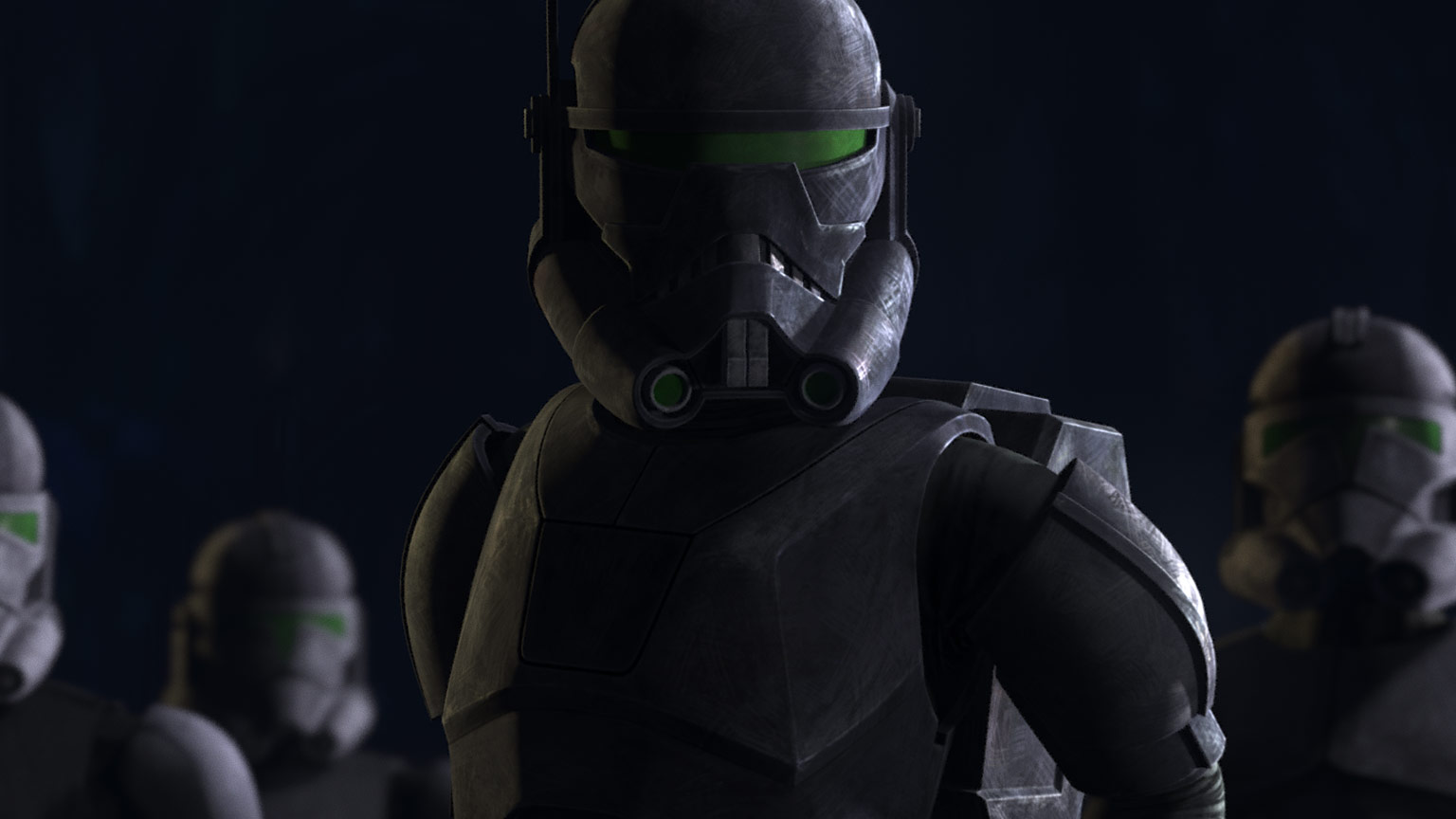
The reintroduction of characters such as The Martez Sisters and Cut takes up too much narrative space and is responsible for the momentum drops. They may fit within the continuity, but the process of adding them in leaves one wondering if another new and original character would have been more exciting. Some appearances make more sense, such as the return of clone commander Rex, so finding a happy medium is important. Again, it is important to note that many of these problems feel like they’re behind the series, only trending upwards. If Filoni and his creative team can craft an ending that gives their viewers a satisfying sense of closure, then the show will succeed. If you’re already a fan of the Batch, tune in to Disney+ and buckle up because they’ve got a long and exciting road ahead of them.
